Listeners may have picked up an uncharacteristic negative vibe from my comments of late. I felt it was important to explicitly state my feelings on 2nd Edition to leave no room for interpretation. We managed to get a copy of a core rulebook, which I will be using for this review.
Note that the views expressed are those of the reviewer and do not necessarily reflect the views of the network or its members.
Art History
It’s surprising to find that with only the “second” edition of the game (more on that in a moment), the art is already self-referential. Compare the cover of the first of the game’s three core rulebooks, the Player’s Handbook, to the 1974 boxed set.
Note the winged helm, the cape, the pose. TSR chose to pay homage to the 1974 boxed set. Perhaps it was to reassure old fans that this was still the groundbreaking game they grew up with. Perhaps they wanted to show how far they’ve come. Or perhaps the character depicted was a favourite, internally, and it was agreed he needed an update.
Whatever the case, this piece of art is not as famous as the more often homaged Red Box and 1e PHB covers, but it is still noteworthy that D&D’s history of nodding to its past is more frequent than I realized. It makes me want to explore other instances of D&D art homages.
Naming Unconventions
Eagle-eyed review readers will notice the quotation marks around the word second, above, eg “second” edition. That’s because D&D has an interesting way of counting editions. Every boxed set (of which there were many) revamped the rules, and there was the whole Advanced era. So “second” edition is arguably the 8th iteration of the rules.
This is mostly important for when I refer to earlier editions (plural) of the rules. If you aren’t up on your D&D editions history, you might think me quite the fool.
The Right Direction, the Wrong Decisions
Earlier editions (there it is!) were more concept than execution. Questions like “is this fair,” “does this make sense,” and “is this the best way to do this” were overshadowed by the awesomeness of stepping into a Tolkein fantasy with your friends without ever being out of arm’s reach of your Cheetos and Mountain Dew.
Second edition took more strides than previous editions to make the game systematic. The core of that system? A progression called To Hit Armour Class Zero (THACZ). It replaced the abstractness of the original rules and the inconsistent specificity of the charts era. Here was the only chart you had to worry about in combat:
And what a chart. It’s a fascinating look into the minds of a game designer before concepts like User Interface and User eXperience were factored into the system. If 3rd edition’s design was brilliant in its simplicity, THACZ’s design was fascinating in its complexity. It was ultimately useable, and more efficient than what came before. Still, it’s hard to imagine how this Rube Goldbergian vortex of math was agreed to be the best solution for a new edition.
2 Conclude
Second edition introduced me to this hobby that has defined huge chunks of my life, and at the time it seemed a perfectly reasonable delivery system for the promise of a roleplaying game. I suspect I would have been as committed to the hobby if I started with any pre-3e edition of D&D. The advantage of starting with second edition is that I got to live through a rules reboot so I could appreciate how much better 3.x aligned with my tastes, but I only had to live through that once.

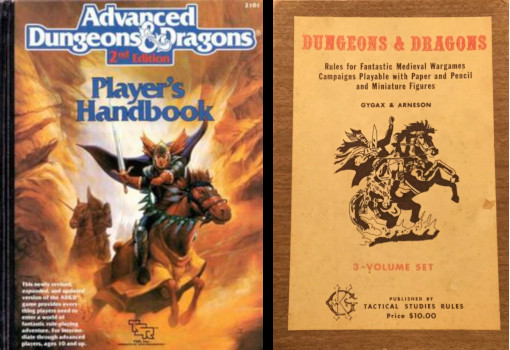
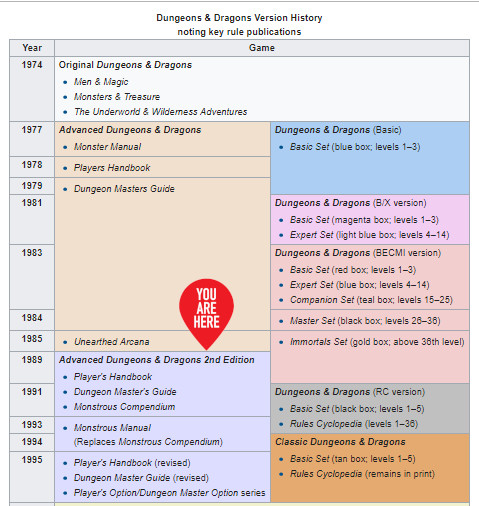

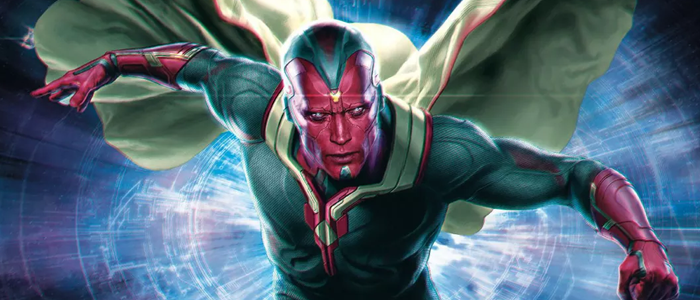

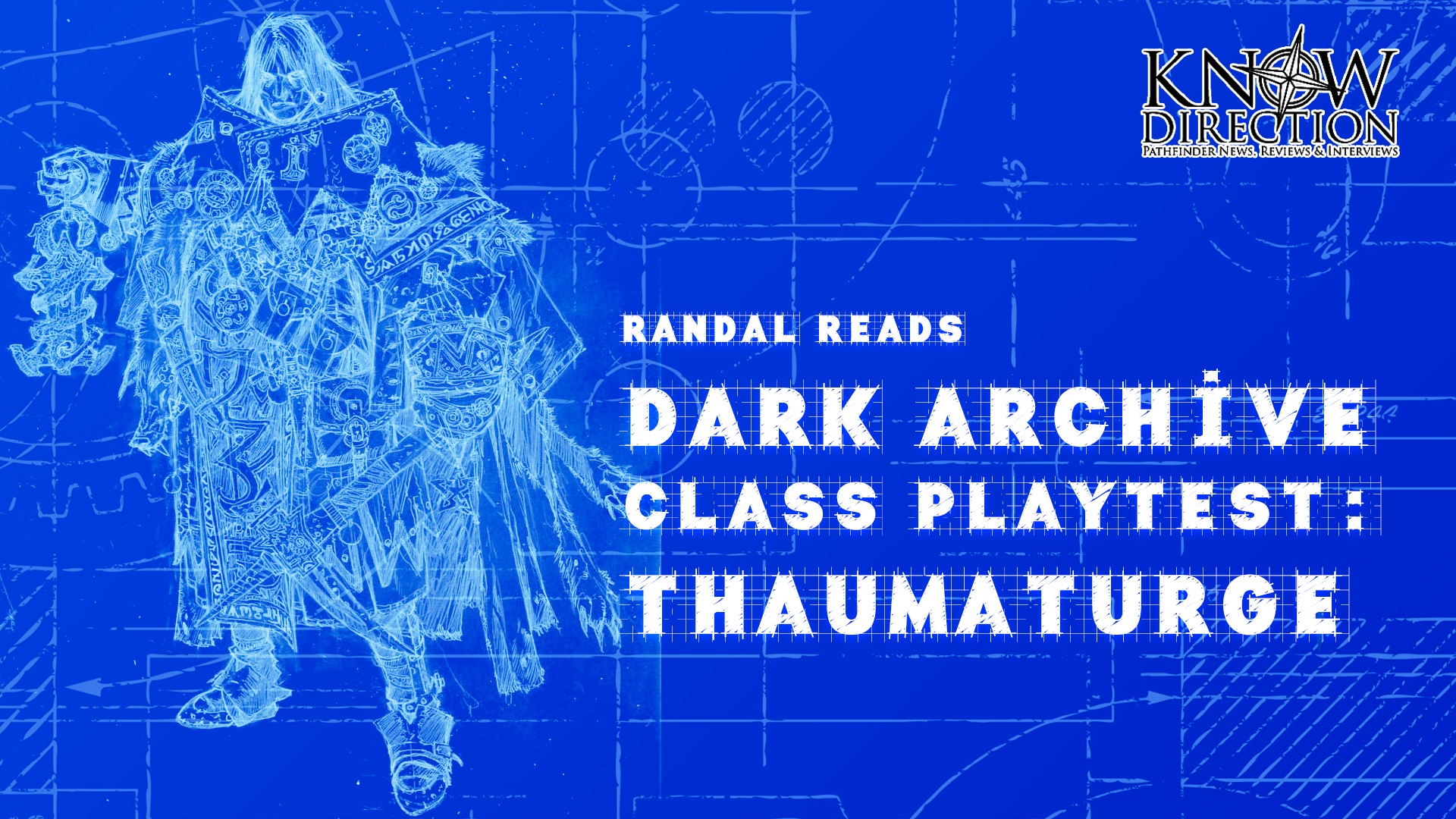
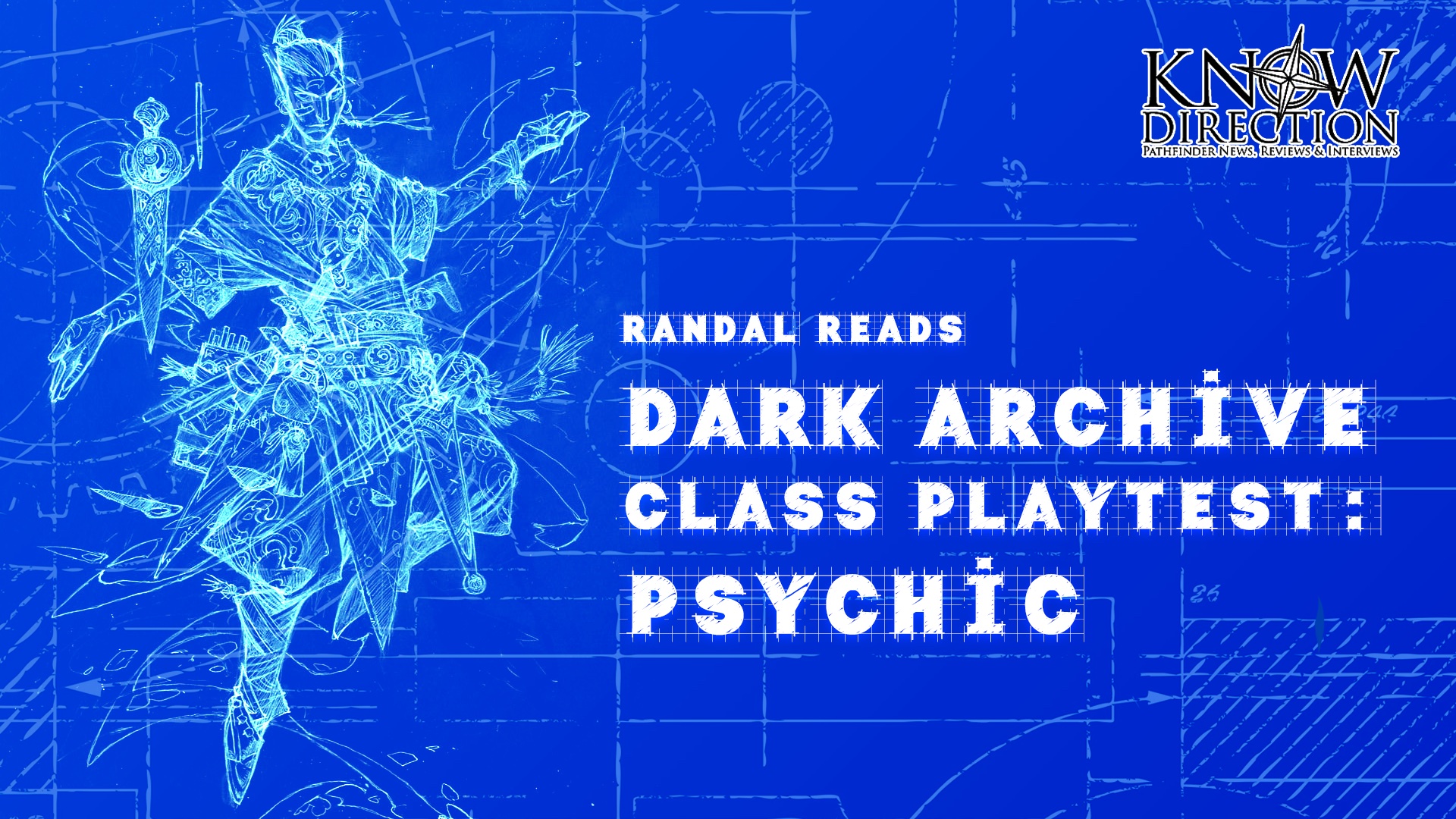
I was worried you were down on 2nd edition and its nice to see that I was incorrect. Thank you for clarifying. Bring back the Complete (insert class/race/theme) Handbooks (loved those 2e books)!